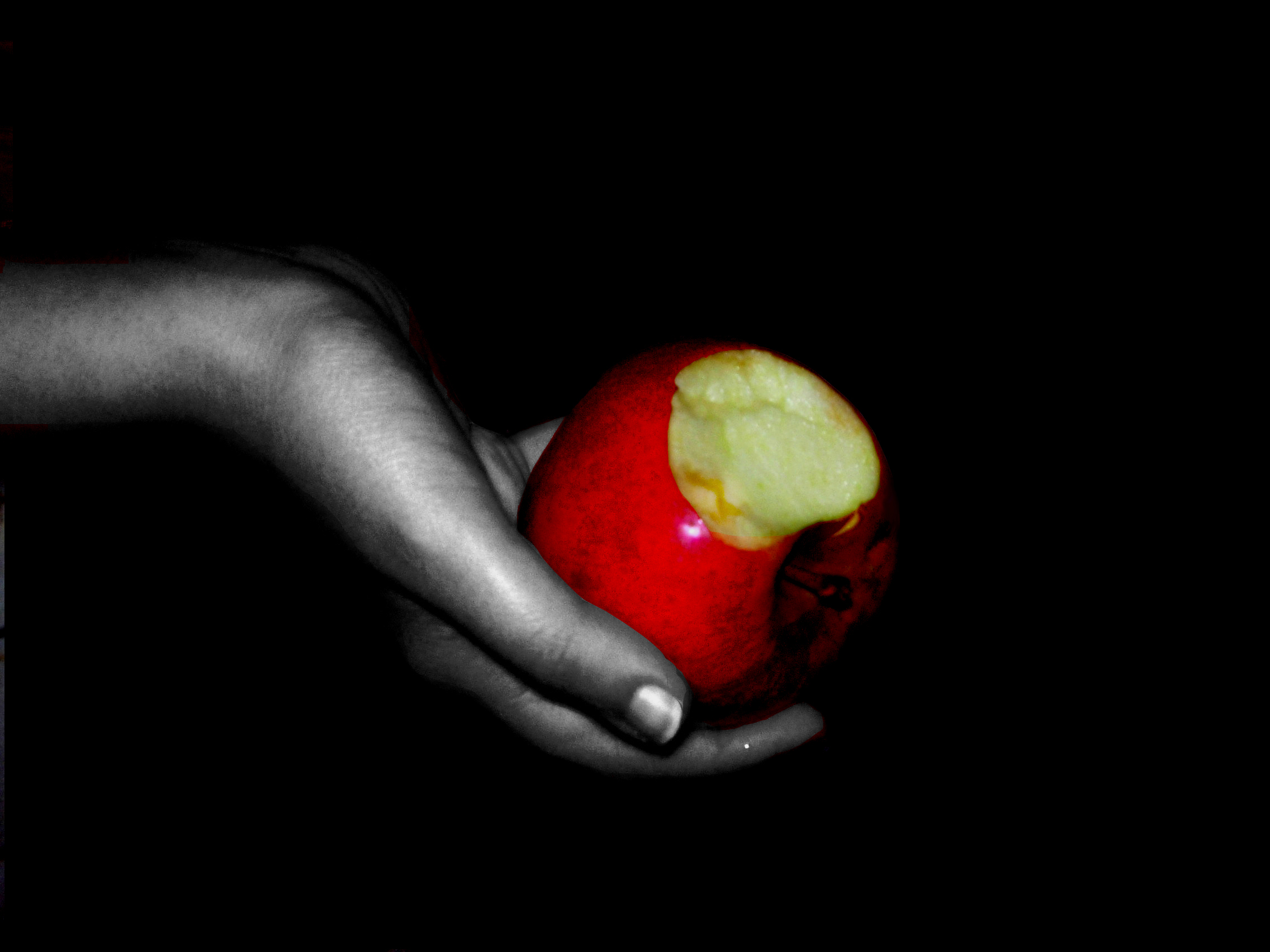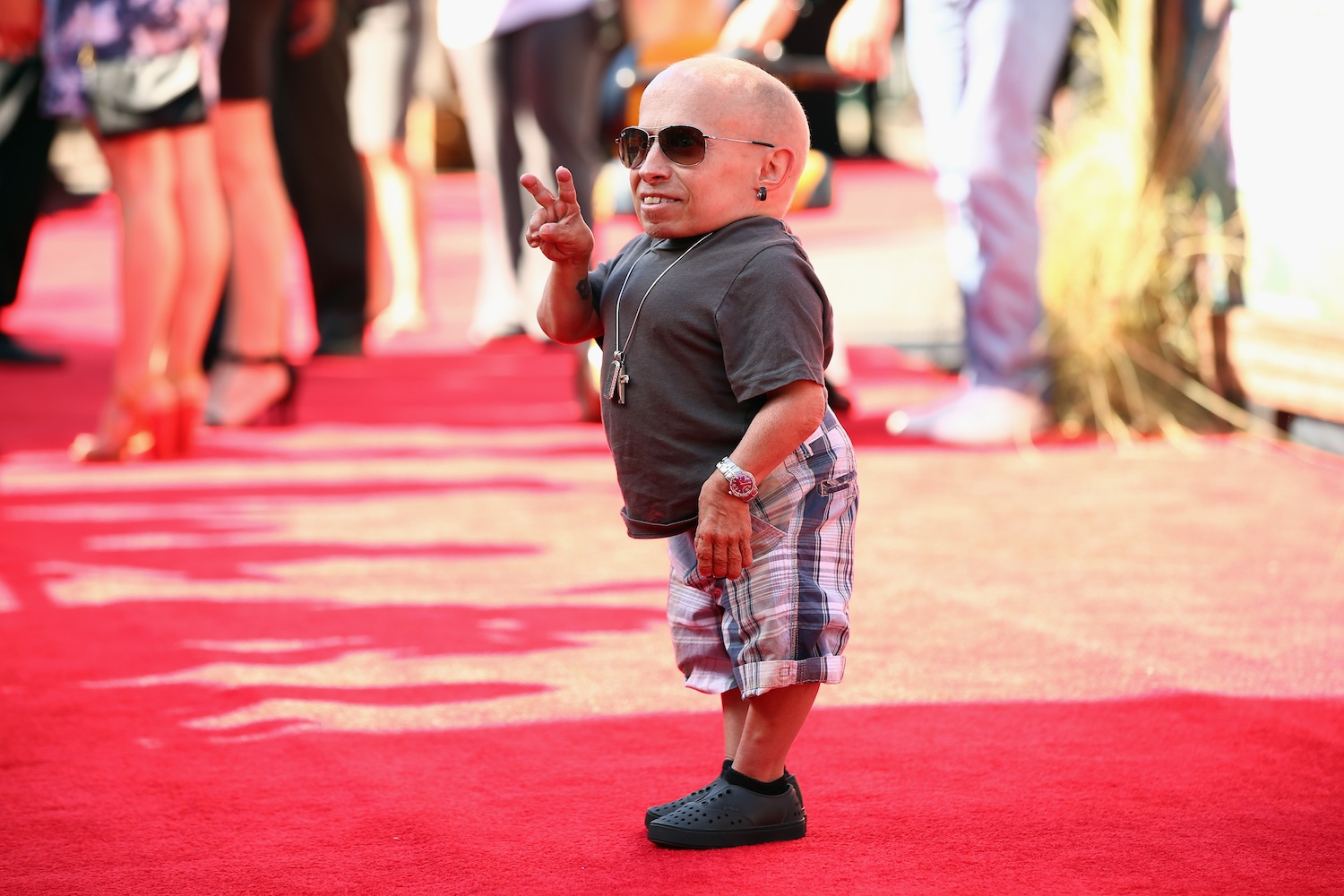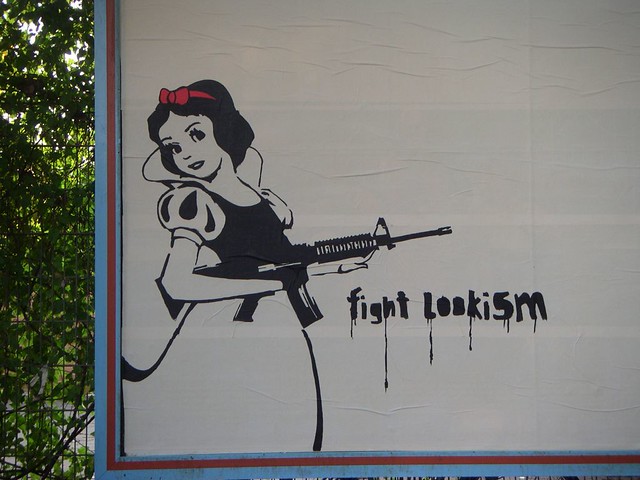 (Image ©Folke Lehr)
(Image ©Folke Lehr)
I began The Body Image Series with this question: If we were fully convinced that no one else cared one bit what we looked like, how much would we care? Would we have any reason to envy conventionally attractive people? Would weight loss have anything to do with waist size? Would limb-lengthening still touch on the idea of “blending in”?
***
Ten years ago, I attended the premiere of HBO’s Dwarfs: Not A Fairy Tale along with the other subjects of the documentary. Upon seeing me, one of the men with achondroplasia asked his friend, “What’s she doing here? She’s not a dwarf.”
“She had limb-lengthening surgeries to make her taller,” his friend murmured.
“What?!” he exclaimed. “She cheated!”
I felt myself blush before I could think of what to say.
Immediately, a woman with diastrophic dwarfism, the shortest of all of us, turned to me and said, “I’m on your side, Honey. No way did you cheat.”
Part of me finds it hard not to laugh when others dismiss limb-lengthening on dwarfs as a “quick fix.” Breaking bones, stretching them over a three-to-five-month period and then waiting for them to heal for another ten months is not exactly comparable to a boob-job done over the weekend. Then again, you’d better have a damn good reason to be willing to go through something so intensive and risky. So, did I do it to function better or, as a former president of Little People of America insisted, to “blend in”?
I did it to access all facilities I could not modify myself, from public ones like plane or train seats to private ones like friends’ furniture. I did it to correct some of my lordosis, so that I would have less back pain. I did it to have the extra leverage enabling me to carry bigger armloads. I did it to take bigger steps when walking, so I could cover more ground before I got tired. I did it so that my weight would be slightly more evenly distributed, making spinal compression less of a danger. I did it to reach farther. I did it because the patients I met who had done it were just as happy as those who had not. Looking back on it all, this was definitely reason enough for me, regardless of whether or not it is for others. But I can’t just leave it at that.
In my last post, I argued why there is no right way to hate your body. In my experience, you can take dramatic measures to alter your body without hating it. Indeed, the work you put into it can and should be an act of love, not desperation. The night before my first limb-lengthening surgery, I kissed my old legs goodbye. I was willing to let them go, but I kissed them all the same. Yet many if not most outsiders assume that dwarfism is a visible difference the patient must want to erase. After all, trying to argue that you don’t want to blend in, even though you will blend in, sounds like you’re trying to circle a square.
So why not just say that limb-lengthening was my personal choice and my choice doesn’t affect anyone else? But it does. By blending in, I automatically relieve myself of a good deal of prejudice, of stares, of awkward reactions. I have fewer questions to answer from people on the street and fewer chances to educate them. By blending in, I’m breaking ranks with the dwarf community to some degree. That’s nothing to sneeze at when considering that before the Americans with Disabilities Act of 1990, dwarfs had an unemployment rate of 85% in the U.S. all because of lookism. By blending in, I am contributing to the trend that may make limb-lengthening a fashion for people with dwarfism. Both politics and beauty standards measure strength in numbers.
In the late 90s, my first femur surgery was filmed for a feature about limb-lengthening on the American news show 20/20. The interviewer asked a 12 year-old patient with dwarfism, “Did you do it to look normal or to function better?”
Without missing a beat, the boy answered, “So that I could function better. I don’t care how I look. I just want to do what everyone else can.”
Sitting at home watching, I raised my fist in solidarity and whispered, “Right on, kid.”
In the follow-up commentary, Connie Chung reported, “He has since finished the procedure to combat his dwarfism.”
I shot up in my seat in disbelief: “COMBAT?!” Was that the automatic assumption? I wasn’t in a battle against my dwarfism, and obviously neither was this patient. I was working with my body, not against it! I realized then that it was important that others knew this if they were going to know that I chose limb-lengthening.
We may someday live in a world in which every candidate for limb-lengthening makes the same decision I did and in doing so, makes the world a less physically diverse place. I will accept such a world, since my own efforts to function better have helped contribute to it. But I won’t make any arguments advocating such homogeneity. If my dwarfism and limb-lengthening have taught me anything, it is that it’s far more important for me to argue that beauty is about so much more than blending in.
Deep down inside, every one of us wants to be conventionally attractive to some degree, because life seems easier that way. We love the idea of throngs of people admiring us, envying us, falling hard for us at first sight. It makes us feel fantastic on a visceral, heart-thumping level to be praised for our looks. But if everyone agrees that there’s more to love and romance than conventionally good looks, what is the point of having broad appeal? During the years when my curly hair reached my backside, I enjoyed the compliments but they were always the same, regardless of whether they came from friends or strangers. My short, round achondroplastic hands, meanwhile, have garnered a lot more attention to detail. My dad always called them “starfish hands.” A guy in college examined them and disagreed: “They’re Maggie Simpson hands.” Another amended it with a giddy squeal, “They’re finger-painting hands!” When I began my final limb-lengthening procedure, a guyfriend in high school nicknamed me “Legs” because I had the most expensive pair around. Who needs broad appeal when you have genuine affection? What better proof is there of such affection, of people’s capacity to look beyond convention than their fearlessly falling in love with features they’ve never seen before?
If I deeply regretted having dwarfism, then limb-lengthening would indeed be an extreme measure taken to offset severe personal insecurity, and that would be a major cause for concern. Hating my looks so profoundly would impact other dwarfs’ perception of their own looks. This is why I blog. I don’t want to live in a world where anyone is pressured to change their body just to be accepted, and I don’t want my story to be misused to contribute to the forces pushing the world in that direction.
This is not to say every person who is born on the margins should turn their life into a 24-hour political cause. Trans individuals should never have to answer invasive questions about their bodies any more frequently than cis individuals should. LGBT people should never be pressured to come out. Black Americans shouldn’t have to put up with strangers and acquaintances trying to touch their hair all the time. The right to privacy is a human right. Your sex life, your income, your medical records, and your body are all matters you shouldn’t ever have to submit to anyone’s microscope if you don’t wish to. But if we do open our mouths, we have to take responsibility for the consequences.
When I choose to talk about my body and my choices, it feels to me like I’m talking only about myself. But others are listening for how it all affects them. If they don’t care about me personally, it’s their only reason for paying attention. It’s the only reason we read novels and newspaper articles and blogs about strangers’ lives. We’re searching for something we can relate to, and if we can’t relate, we at least want to know how other people’s choices are shaping the world we live in. Opinions such as “I was so gross when I weighed x pounds,” or “I can’t wait to get rid of these hideous scars” both reflect and influence the society comprising us all. We love taking credit for our words when others agree or are inspired by them. But if someone raises the possibility of our statements having a negative impact on others, the temptation to shirk all responsibility for others is strong. But we can’t ever shirk it. That’s cowardly.
This doesn’t mean we must accept others offhandedly judging our most complex decisions. Unfortunately, no matter what we say or how carefully we try to shape the argument, there will always be those out there who judge before hearing the end of the sentence. Putting more energy into brandishing our opinions than admitting what we don’t know is also cowardly.
A friend I met in the hospital was ten years-old and in the midst of limb-lengthening when a woman with dwarfism approached him in public and berated his mother for choosing limb-lengthening for her child. My friend concluded that this is why we shouldn’t talk to strangers.
We are talking to strangers when we publicly discuss our personal decisions, and the Internet is blurring the lines between public and private discussions faster than ever. As decision-makers, we cannot discuss our choices and our views free from any responsibility for the effect they will have on others. As observers, we cannot accurately judge others’ decisions at face-value, free from the burdens of learning.
During one of my limb-lengthenings, I was featured in a French magazine article that posed questions I’ve used in my workshops on dwarfism and diversity, paraphrased here:
Society does not physical accept differences easily. Without a doubt, that is society’s fault. But who should change? Society or the dwarf? For the dwarf to change, she must undergo years of painful surgeries and intensive physical therapy, risking many complications. For society to change, it must alter its way of thinking. Who suffers more in the change? Which change is harder to achieve?
My experiences with dwarfism and limb-lengthening have inspired me to try to change both. As best as a bossy girl from Long Island can.
Tags: Beauty Standards, Bio-Ethics, Dwarf, Dwarfism, Elective Surgery, Feminism, Internet, Limb-Lengthening, Lookism, Personal Choice, The Body Image Series
 (Image by Andriy Baranskyy under CC 2.0 via)
(Image by Andriy Baranskyy under CC 2.0 via)











